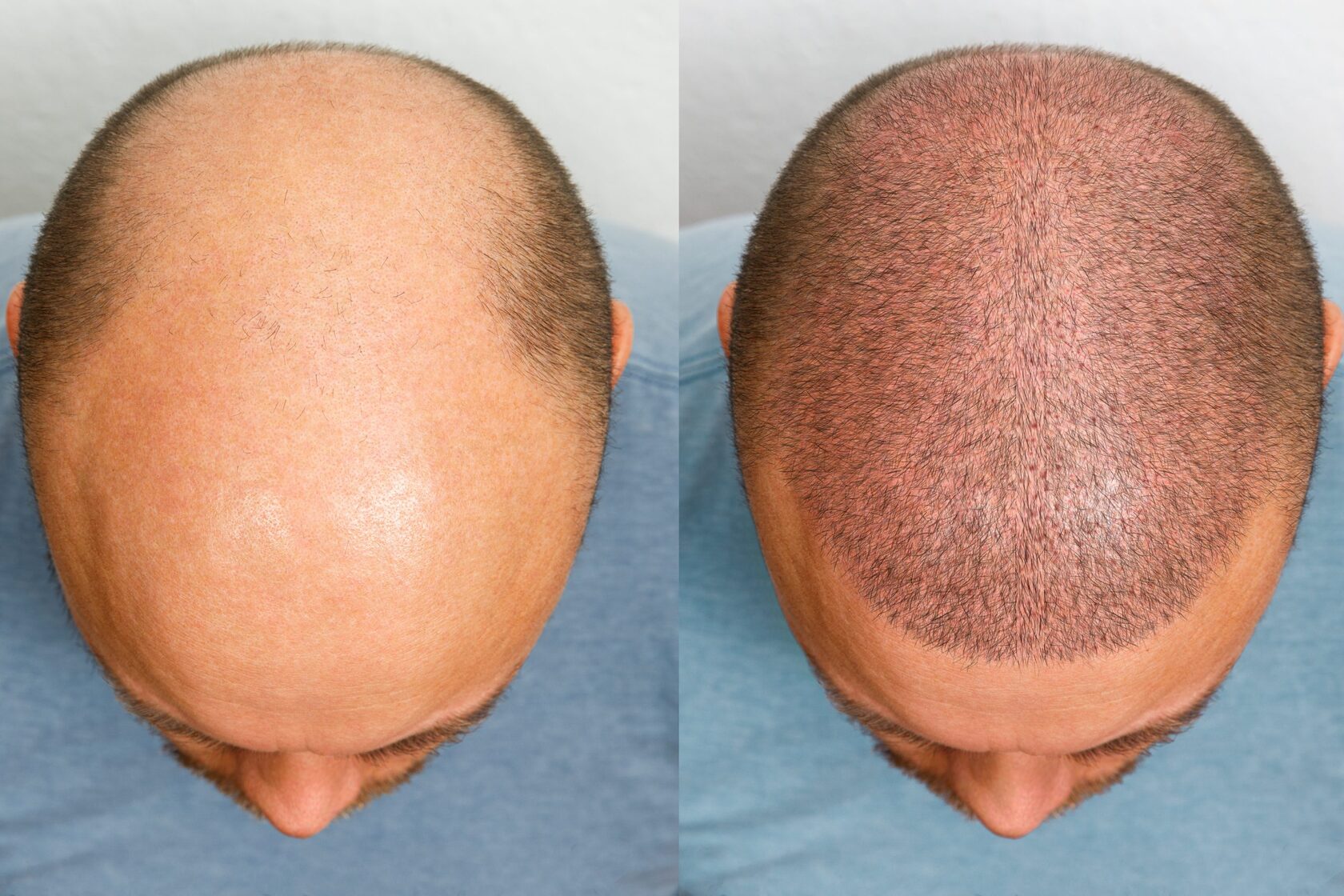


Hair transplant procedures provide a long-term solution for hair loss, but many patients want to know how soon they will see new growth. Understanding the hair transplant growth timeline helps set realistic expectations and ensures proper post-transplant care. This article will guide you through the monthly hair growth process after a hair transplant and what to expect.
Hair growth after a transplant follows a specific pattern, progressing through different stages before achieving full density. It is important to note that results vary for each patient, depending on factors like hair type, scalp condition, and overall health.
In the first month after a hair transplant, patients may notice little to no visible hair growth. Instead, they may experience 'shock loss,' where transplanted hair falls out. This is a natural part of the healing process, as hair follicles enter a resting phase before regrowth starts.
By the third month's end, noticeable improvements appear, but the new hair remains soft and thin. Patients should continue a healthy scalp care routine to support hair growth.
By month six, patients will notice a significant improvement in hairline and density, though full results take longer.
At this stage, transplanted hair blends seamlessly with natural hair. Minor density inconsistencies may improve within a few months.
Several factors influence the speed and effectiveness of hair growth after a transplant:
Hair transplant results take time, as hair grows gradually over several months. Minimal growth occurs in the first month, while significant changes appear between 6-12 months. Understanding the hair transplant recovery timeline helps patients set realistic expectations and achieve optimal results.
